This was published 3 years ago
Post-pandemic travel for Australians: Why you really don't want to go to Europe this year
By Michael Gebicki
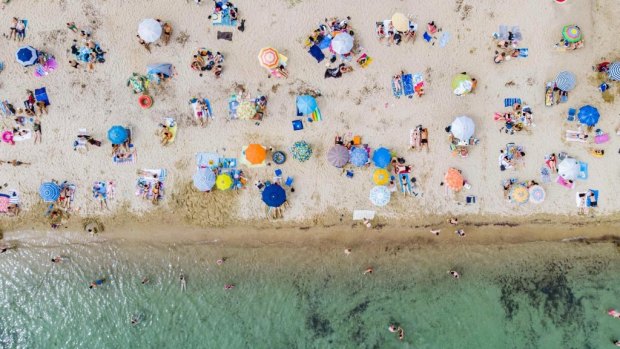
An overcrowded beach in Greece after lockdown restrictions were eased.Credit: Getty
As Europe eases its coronavirus restrictions the tourism industry is waking up, but it's to a brand new day. Every country in Europe has its own take on the lifting of the lockdown. The wearing of face masks, the number of patrons in a restaurant, where you can sit on public transport – the protocols vary country-by-country, and it's confusing.
Several European nations are talking about travel corridors, allowing travellers coming from countries with similar coronavirus risk profiles the freedom to travel between their respective countries. Countries with comparable infection rates could exchange tourists since the risk is roughly the same as that which they face at home. This was probably what the UK government had in mind when it talked about allowing French tourists to visit without the requirement for a 14-day quarantine period, before it did an about face and squelched the idea. However a travel corridor that stitches together Austria, Germany and the Czech Republic makes sense, as does Estonia, Latvia and Lithuania.
We won't be going there. With the possible exception of New Zealand and the South Pacific, our government looks likely to maintain the ban on overseas leisure travel for the remainder of 2020. As much as you might be missing it, there are positives to staying away from Europe this year. For one thing, it's going to be weird. Social distancing will likely remain in force, putting a dampener on the experience. Masks will be required in some places, a constant reminder of the lurking spectre of coronavirus. The law might be out patrolling beaches and breaking up crowds that threaten social distancing.
Imagine a tapas bar in Seville with social distancing, or trying to maintain personal space around the Trevi Fountain on a warm summer night? That person who just sneezed behind you - you'll probably tense up and wonder. It just won't be the same.
If you were to test positive for coronavirus while there you'd likely be facing quarantine, and perhaps hospitalisation, both at your expense since travel insurance is probably not going to cover you. Followed by further quarantine on return to Australia, and by rights the bill for two weeks' hotel accommodation and food would be down to you. If you had hopes of a European jaunt this year, save your dosh, keep your powder dry, watch how things unfold and plan for 2021.
Here's the current state of play in some of Europe's hotspots.
Greece
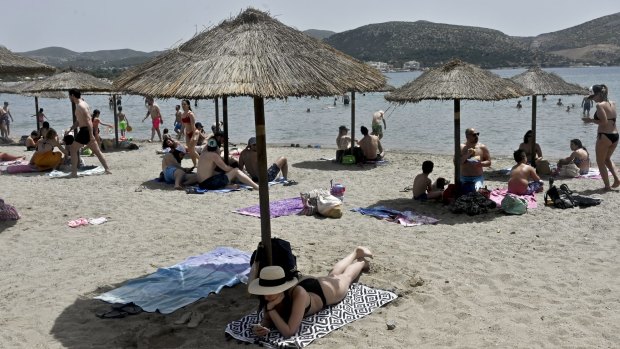
Credit: Getty
With just 16 deaths per million of its population recorded at May 19, Greece has weathered the pandemic better than most other European nations. That makes it an attractive destination for anyone looking to minimise the risk of infection. Currently, every international traveller is tested for COVID-19 upon arriving in Athens. The city's hotels, many of which were closed by government orders, are expected to reopen on June 1. Prime Minister Kyriakos Mitsotakis hopes the country will open fully to tourism on July 1, barring fresh outbreaks.
See also: The European island hotspot readying for tourists in July
Austria

Credit: Sipa USA
Austria is currently in a phased reopening. Cafes and restaurants opened on May 15 with social distancing restrictions, with hotels and recreational facilities to follow on May 29. Cross-border travel with neighbouring countries with comparable coronavirus statistics will follow. That includes Germany, scheduled to happen on June 15, and probably the Czech Republic, but not Italy, which has recorded far more cases of COVID-19 per capita. Strict regulations that currently require international arrivals to produce a medical certificate certifying a negative COVID-19 test result and 14-day quarantine for non-Schengen area nationalities will be relaxed after May 31.
See also: Fairytale village once swamped with tourists begs for their return
Italy
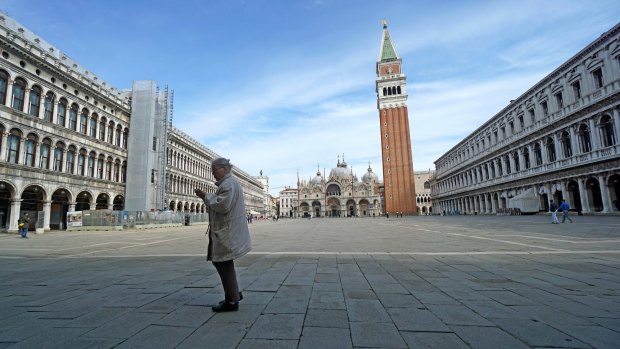
Credit: AP
The world's fifth most popular country for international visitors, Italy was hit earlier and harder than most of Europe by the coronavirus. It was also the first European country to implement a full lockdown, and one of the first to lift restrictions. Bars, restaurants and cafes opened on May 18 with social distancing in place, gondoliers with face masks are once again ferrying tourists along the canals in Venice. Many hotels which were closed for lack of bookings are back in business. The 14-day mandatory quarantine period for anyone arriving in the country will be lifted from June 3 and unrestricted regional travel permitted.
Spain
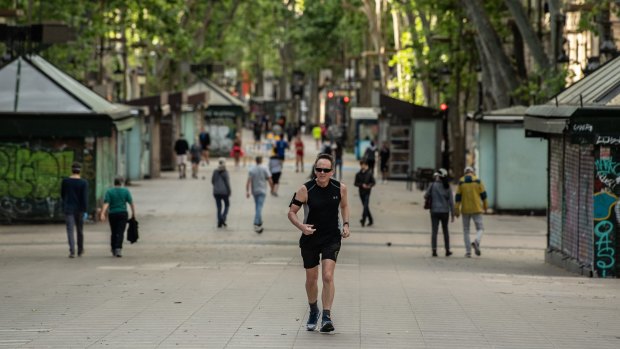
Credit: Getty
The country's health protocols are some of the toughest in the world and the government is taking a go-slow approach. Spain has just recently advanced to phase one of the four-phase easing of its coronavirus restrictions. Hotels can now open but common areas are closed, restaurants and bars are also open but only for limited outdoor seating, however Madrid, Barcelona and Granada are among the cities and regions still under tighter phase zero restrictions. Spain is maintaining its 14-day quarantine requirement for international arrivals for now. Travel between provinces will not be possible until at least June 22. Starting in July, the Canary Islands, in partnership with the United Nations World Tourism Organisation (UNWTO), will test a digital health passport for arriving travellers, the first in the world to pilot a health passport.
UK
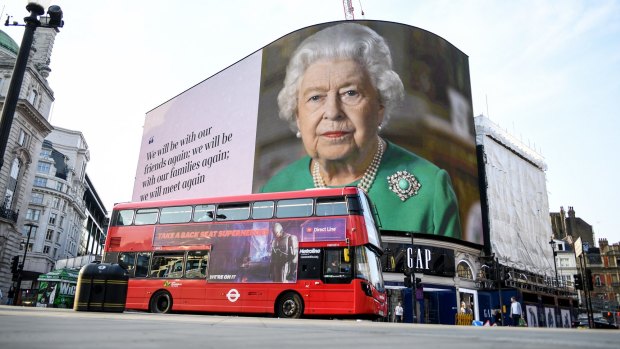
Credit: Getty
The government intends all travellers arriving in the UK will soon be required to self-quarantine for 14 days, although the date for implementation has not been set. The government has indicated that travellers coming from countries with a low infection rate could get a free pass, which would potentially include Australians, except that we won't be permitted to travel to Europe, probably for the rest of 2020. Under the government's three-phase strategy for gradually lifting the current restrictions, pubs, restaurants, hairdressers, churches and cinemas will remain closed until at least the beginning of July. Visits to outdoor open spaces are permitted anywhere within the UK with social distancing rules in place.
Iceland

Starting on June 15 the country will open its doors to visitors provided they agree to a COVID-19 test or a 14-day quarantine. Iceland has one of the world's most rigorous testing regimes and that, coupled with a low infection and mortality rate from the coronavirus, bodes well for its reopening. It's also expected that visitors will be required to download Iceland's contact-tracing app for mobile phones. Visitors who comply will get to travel where they please without the requirement to wear masks. Access could be a choke point, since some of the airlines that have traditionally serviced the island have no plans to resume operations to Iceland until later in the year.
See also: The perfect refuge is welcoming back tourists by June 15
Croatia
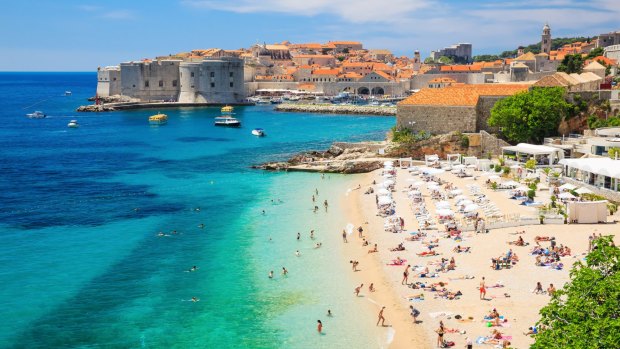
Credit: iStock
According to the latest information from the country's Border Police Directorate, Croatia has opened its borders to foreign tourists who can show evidence of pre-booked accommodation before entering the country. This comes about as a result of a low infection rate and pressure from the tourism industry, a lynchpin in the country's economy. Hotels can open provided they observe social distancing rules. Apart from Split, coastal regions and the major holiday resorts have recorded a low incidence of coronavirus. That applies also to the islands, which were effectively isolated when many ferry services were terminated. In the wake of this reopening it's expected that low-cost carriers from Germany in particular will quickly ramp up services.
Slovenia
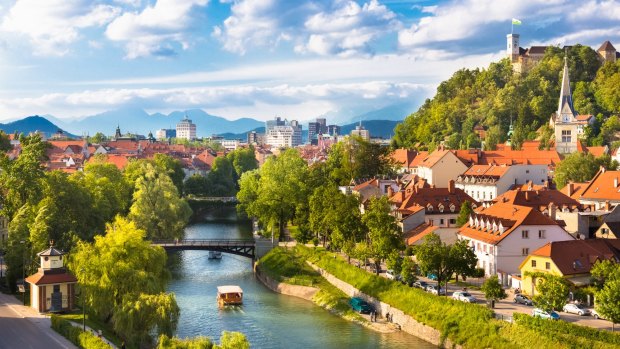
Credit: iStock
The tiny Adriatic nation took a landmark decision when it declared the end of the COVID-19 pandemic on May 15, the first nation to do so. On the back of that statement, the government announced that citizens and residents of the European Union and the European Economic Area were now free to enter Slovenia provided that they had not been outside those areas in the past 14 days. Third-country nationals are still required to undergo a 14-day quarantine. All accommodation operations with up to 30 rooms, shops, restaurants, tourist agencies and tourist transport are now open for business. Freedom of movement is allowed but social distancing protocols are still in place. The government plans to maintain widescale testing, contact tracing and bans on public gatherings, pending a review on May 31.
Portugal
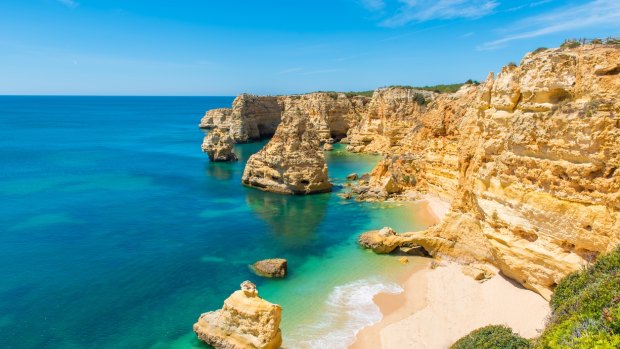
Credit: iStockphoto
Portugal began a slow return to normalcy on May 4 when it eased lockdown measures which had closed hotels, shops and hairdressers. In a country-wide, staged reopening, restaurants and bars unlocked their doors on May 18 in many regions with social distancing requirements. Hotels can open from June 1, and the country's tourism board announced that beaches and hotels will be ready to welcome tourists by mid-June, starting with the Algarve. At the moment international travellers are required to self-isolate for 14 days, with an end date yet to be announced.
France
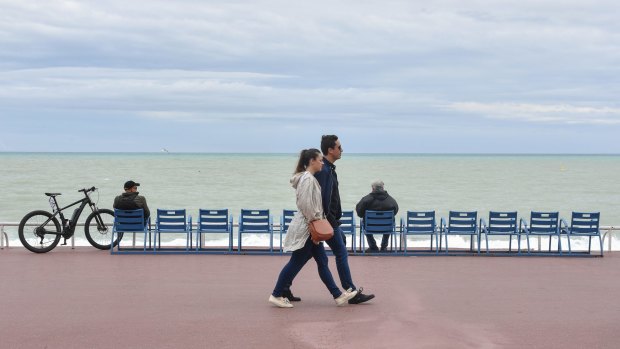
Credit: AP
The world's most visited country is walking a cautious path. France plans to open to tourists on July 24. Even if that happens, arriving travellers might be required to self-quarantine for 14 days, a stipulation that will almost certainly apply to non-European arrivals even after that date. The country began winding back its lockdown restrictions on May 11, with shops and some beaches reopening but bars and restaurants remain closed with those in the country's green zone, where infection rates have remained low, set for a possible start-up on June 2.
Sign up for the Traveller newsletter
The latest travel news, tips and inspiration delivered to your inbox. Sign up now.